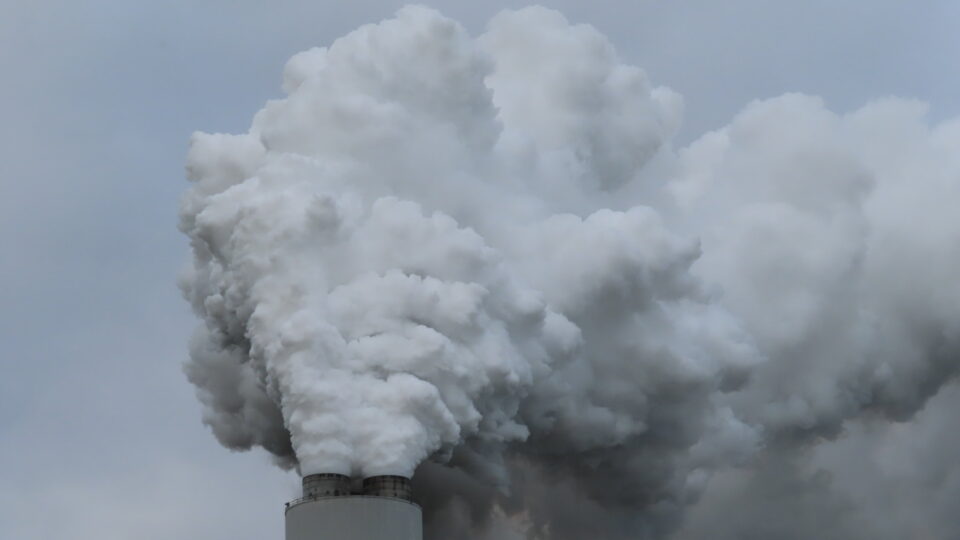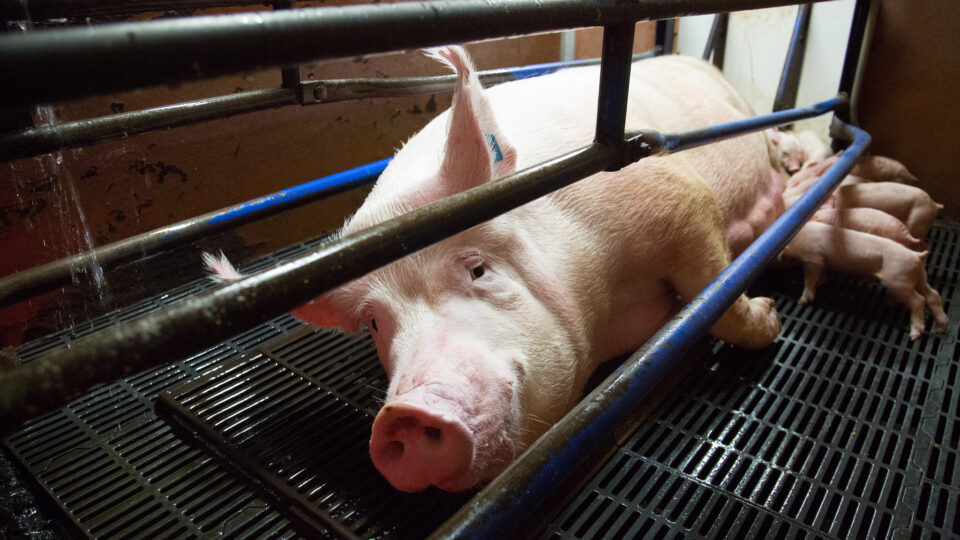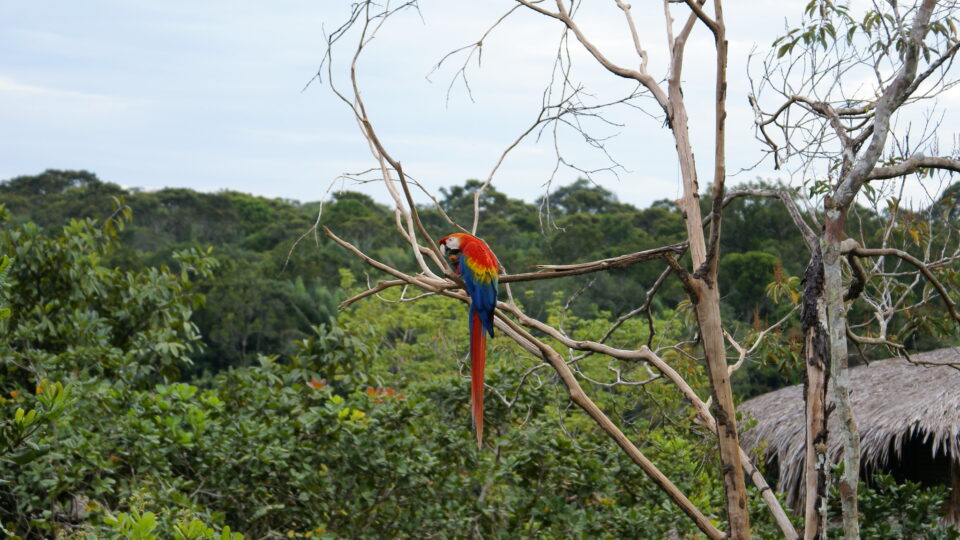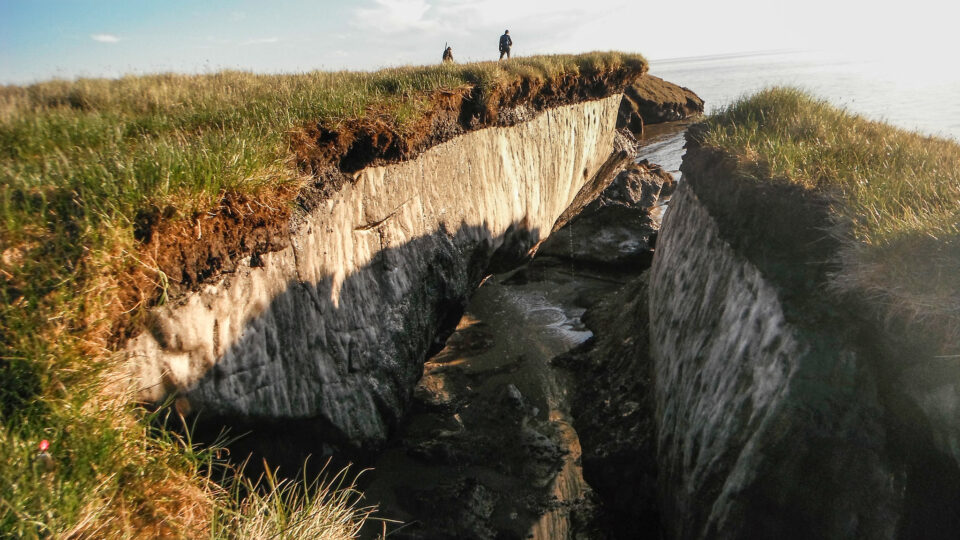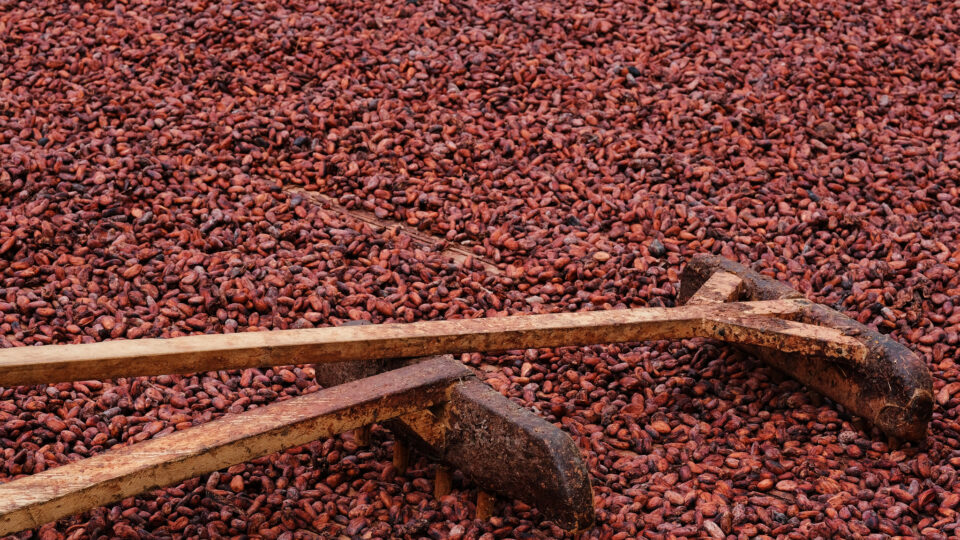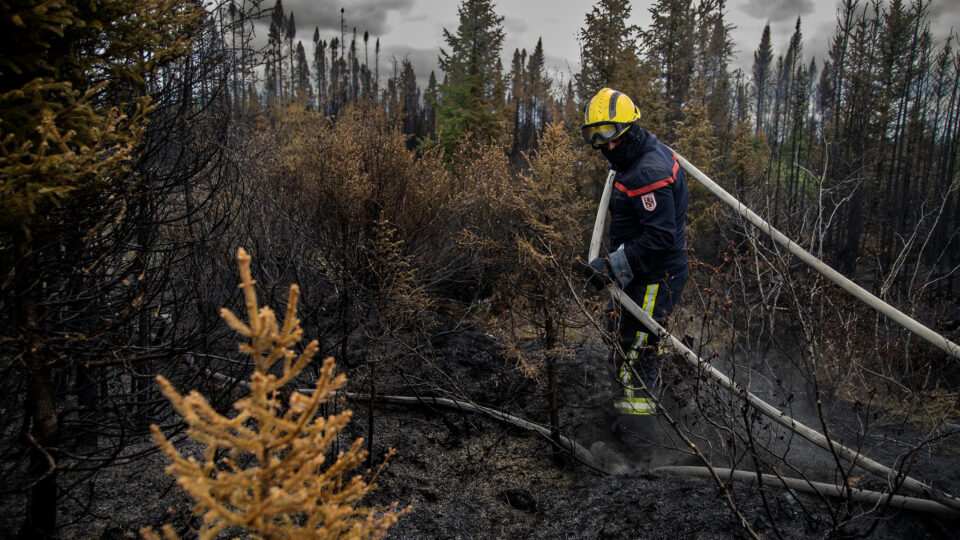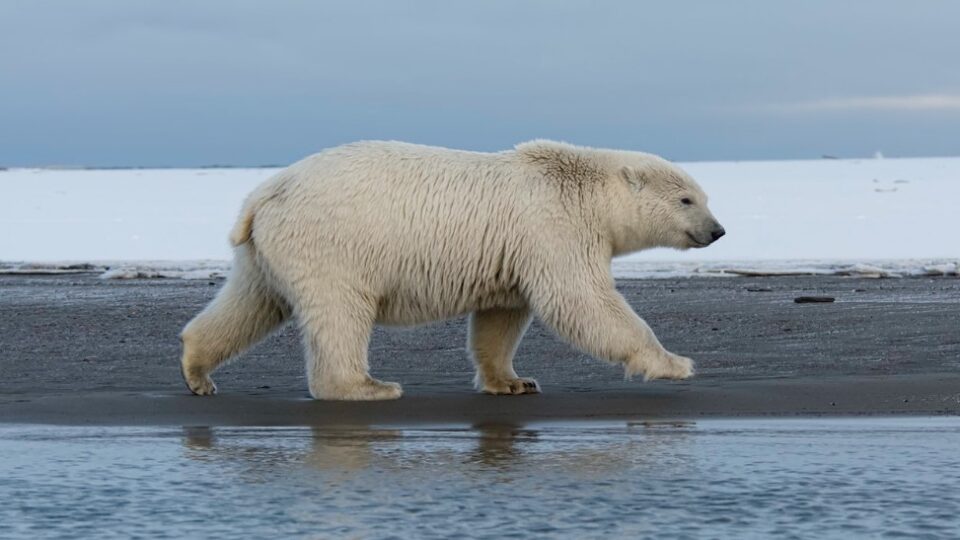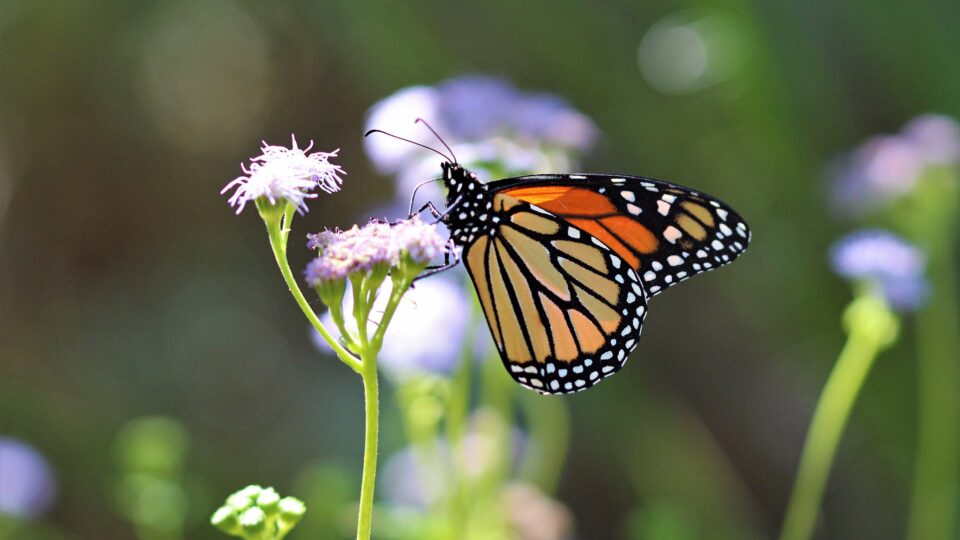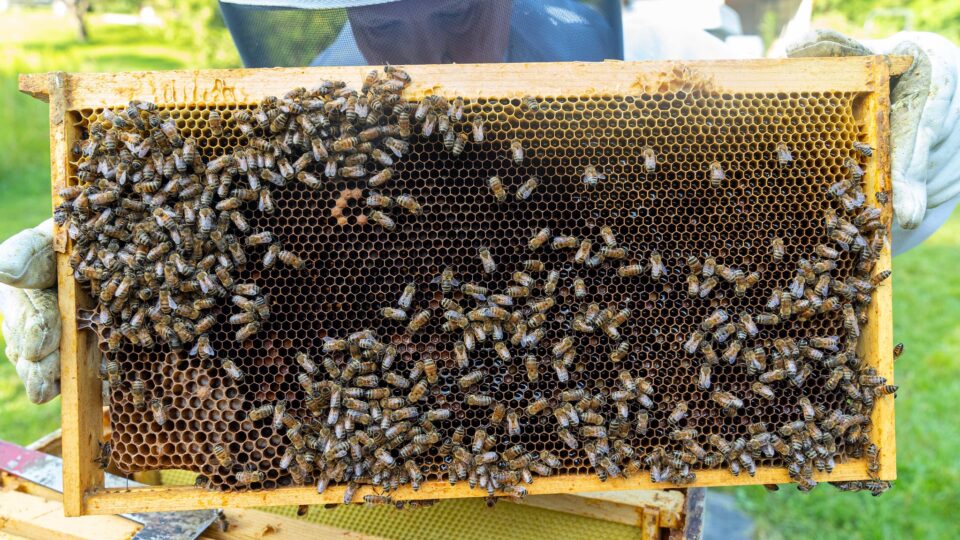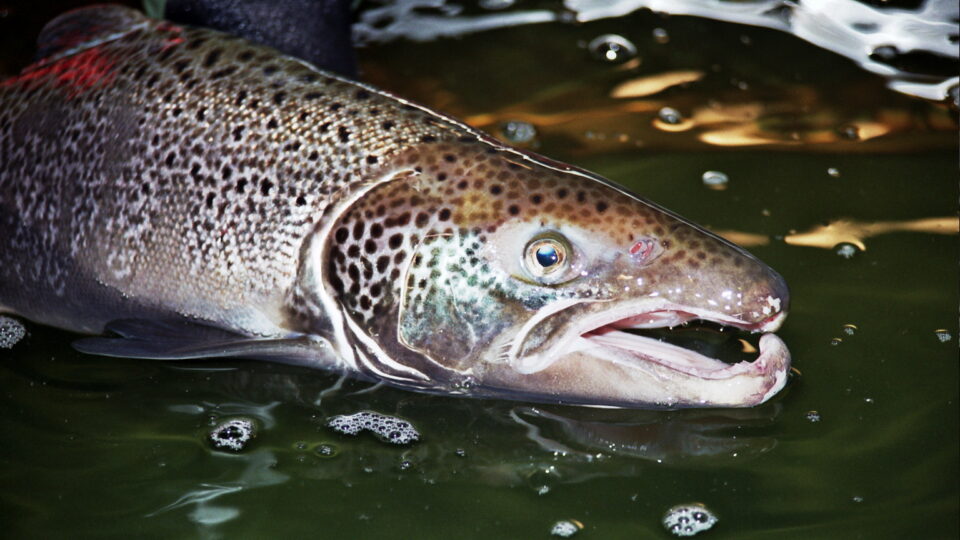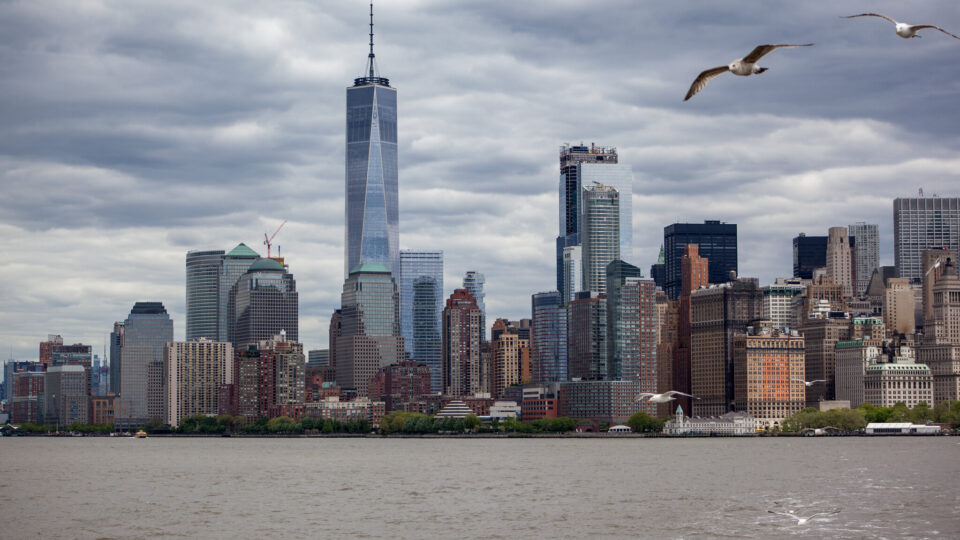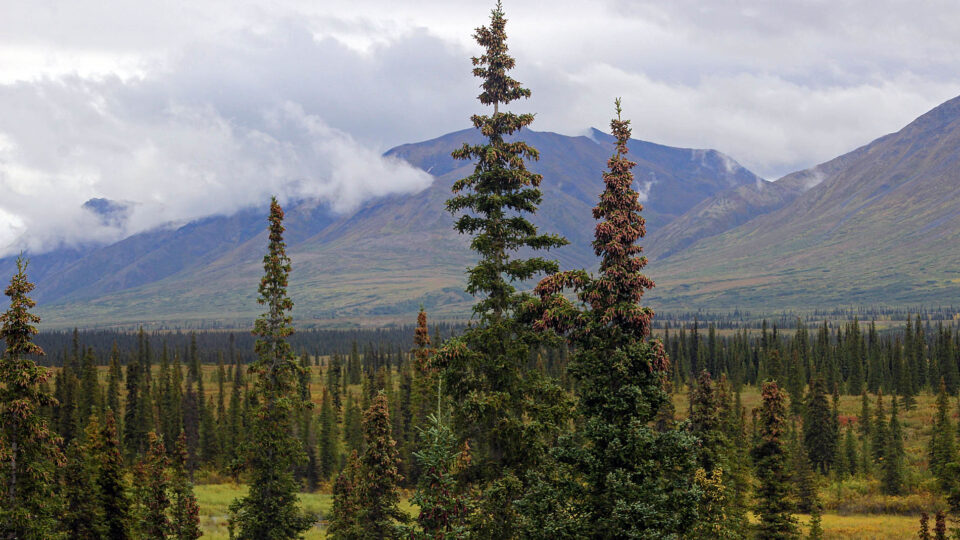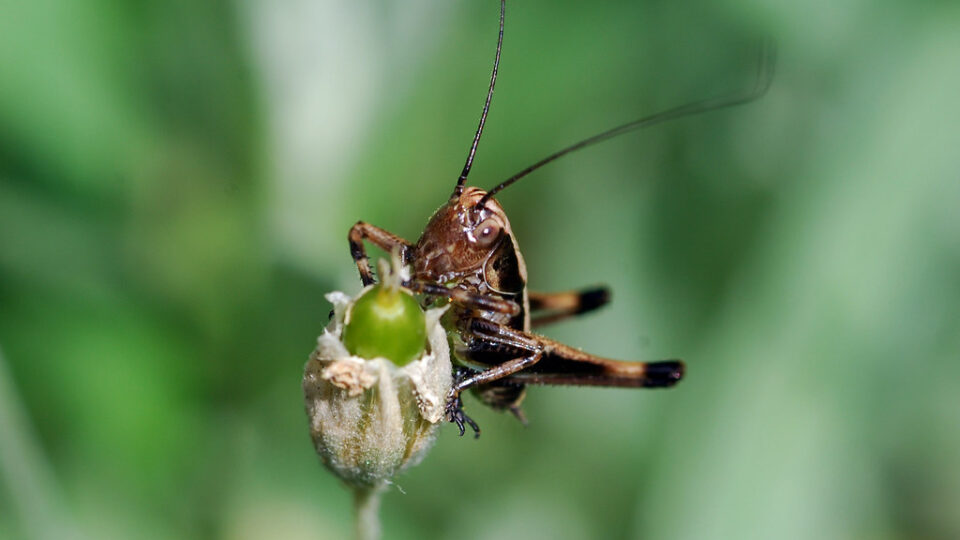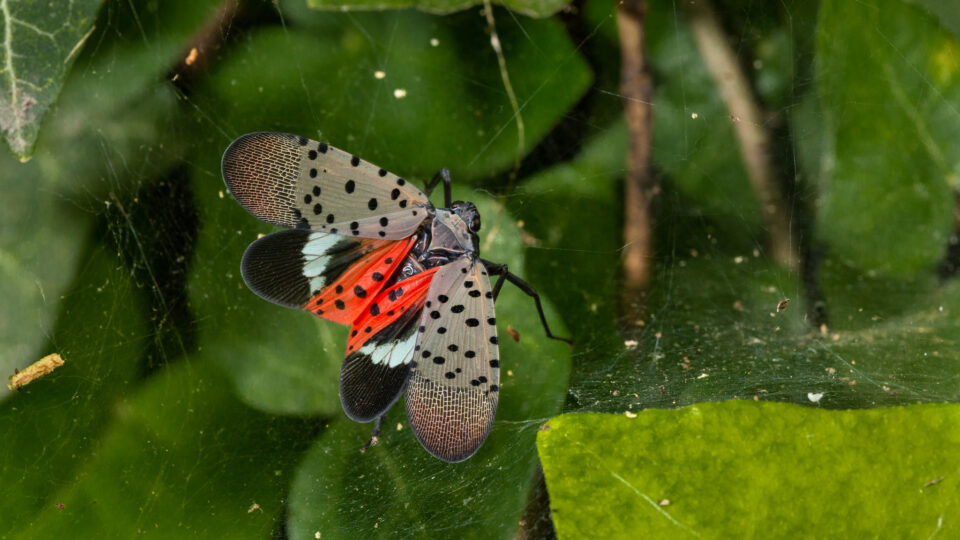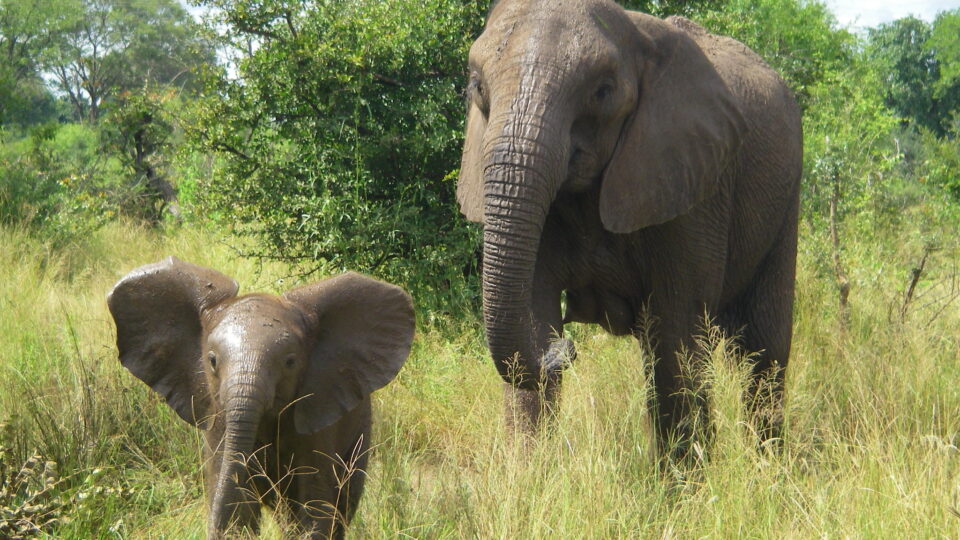Australia’s Great Barrier Reef is one of the foremost natural wonders of the world and is a major tourist attraction. It is well-known that the changing climate is threatening the survival of the Great Barrier Reef as well as other coral reefs around the world. A recent study by researchers at the University of Queensland looked at the reactions of tourists to being informed about the impact of the changing climate on the reef.
The Great Barrier Reef faces many challenges. Unprecedented marine heatwaves have triggered repeated mass coral bleaching events over the past decade. These climate driven disturbances are compounding the cumulative effects of chronic problems such as unsustainable fishing, pollution, and sedimentation as well as acute disturbances such as tropical cyclones and outbreaks of crown-of-thorns starfish.
Operators of five reef tourism boats assisted in the study. As part of their boat trips, tourists were given climate information via a marine biology presentation and there were also posters around the vessel as well as regular mentions of climate change impacts and actions throughout the trip.
The tourism industry often has the idea that providing information on climate change might be detrimental to people’s enjoyment – basically a buzzkill. But based on surveys conducted at the end of the trips, the researchers found that informing tourists about climate impact didn’t negatively affect their experience. In fact, most tourists actually wanted more information, particularly about how they can take meaningful actions of their own.
The researchers believe that their study provides further opportunity to improve climate communication and effectively promote climate change engagement among tourists.
**********
Web Links
Reef tourism encourages climate action
Photo, posted October 7, 2008, courtesy of eGuide Travel via Flickr.
Earth Wise is a production of WAMC Northeast Public Radio

